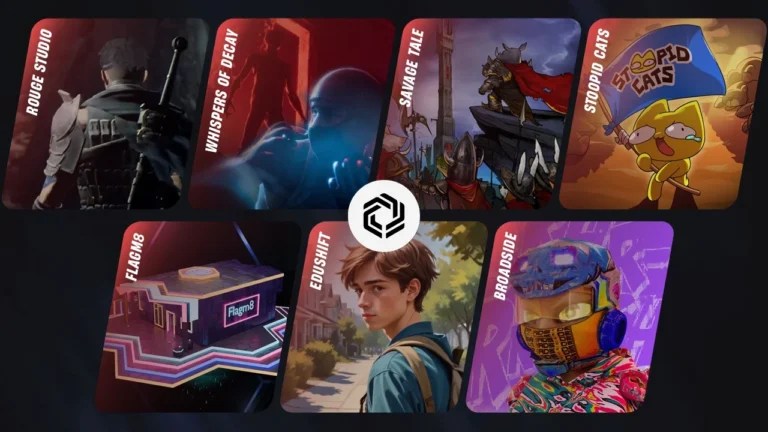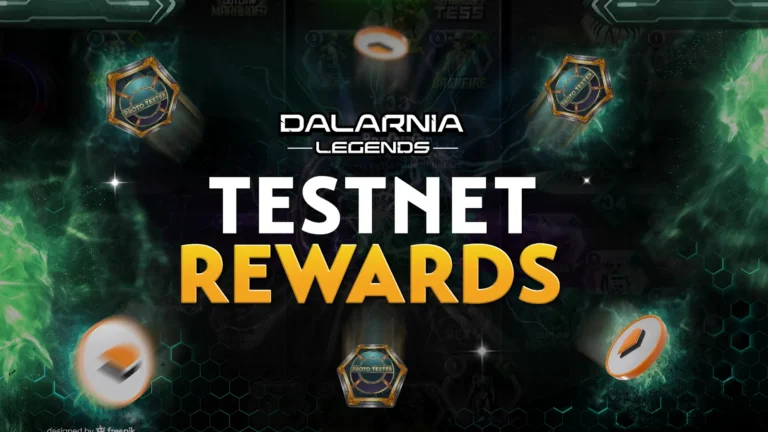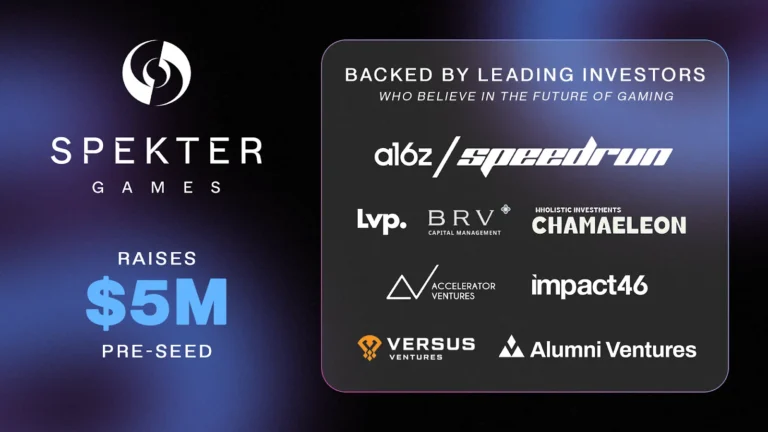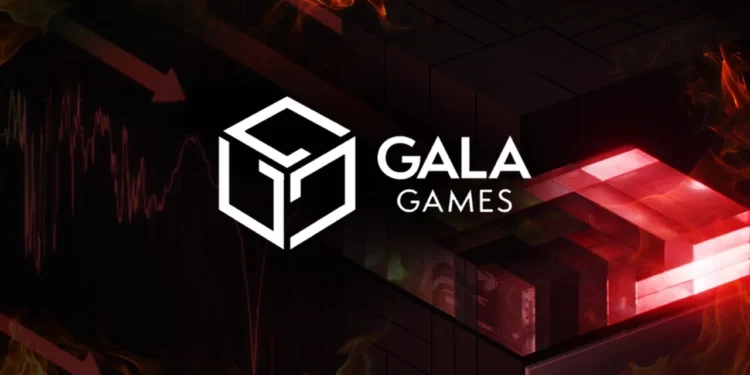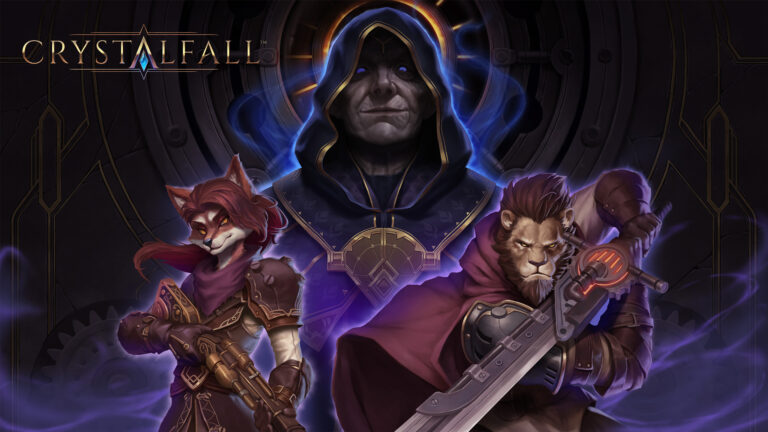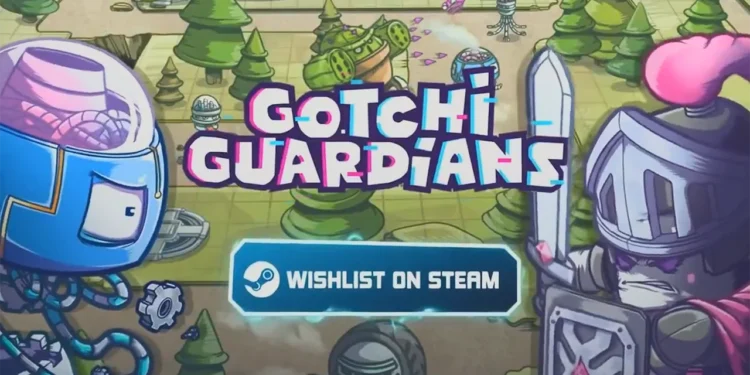
Pixelcraft Studios brings tower defense gaming to a new level with Gotchi Guardians, now available on Steam. This roguelite tower defense title combines traditional gameplay mechanics with Web3 features, creating a unique gaming experience for both casual players and blockchain enthusiasts.
What Makes Gotchi Guardians Different
Gotchi Guardians stands apart from standard tower defense games through its Web3 integration. The game connects to the Agartha ecosystem, allowing players to use NFT skins and $GHST tokens within the gameplay experience.
The roguelite elements add replay value beyond typical tower defense titles. Each playthrough presents different challenges and upgrade paths, keeping the experience fresh across multiple sessions.
Core Gameplay Mechanics
The tower defense foundation remains solid. You place defensive structures along enemy paths while managing resources and upgrading your defenses. The roguelite system introduces randomized elements that change how you approach each level.
Your defensive strategies must adapt to different enemy types and randomized challenges. This creates decision-making moments where you choose between various upgrade paths and defensive options.
Web3 Integration Features
The game incorporates several Web3 elements without forcing them on players who prefer traditional gaming:
NFT Skins: Visual customization options exist as NFTs, allowing players to personalize their defensive units and towers.
$GHST Token Integration: The native token provides utility within the game economy, though players need not engage with this feature to enjoy the core gameplay.
Agartha Ecosystem Connection: The game connects to the broader Agartha gaming ecosystem, creating potential synergies with other titles in the network.
Technical Performance on Steam
Early Steam reviews indicate stable performance across different hardware configurations. The game runs smoothly on mid-range systems while offering visual options for higher-end setups.
Loading times remain reasonable, and the user interface translates well to PC gaming. The Steam version includes standard features like achievements and cloud saves.
Target Audience Analysis
Who benefits most from this release? The game appeals to three distinct groups:
Tower Defense Enthusiasts: Players seeking fresh mechanics in a familiar genre find value in the roguelite elements.
Web3 Gamers: Those interested in blockchain gaming features get exposure to NFT integration and token utility.
Roguelite Fans: Players who enjoy randomized progression systems find appeal in the varied upgrade paths.
Economic Model Breakdown
The game operates on a hybrid model. You purchase the base game through Steam using traditional payment methods. Web3 features remain optional, allowing players to engage with NFT skins and $GHST tokens based on their preferences.
This approach removes barriers for players unfamiliar with blockchain technology while providing additional features for those interested in Web3 gaming.
Steam Market Positioning
Gotchi Guardians enters a competitive tower defense market on Steam. The platform hosts numerous tower defense titles, making differentiation crucial for success.
The Web3 integration provides a unique selling point, though the game must succeed on gameplay merits to maintain player interest long-term.
Future Development Roadmap
Pixelcraft Studios plans regular content updates based on community feedback. The Web3 integration allows for evolving NFT collections and potential token utility expansions.
The connection to the broader Agartha ecosystem suggests future cross-game features and integrations.
Player Onboarding Process
New players start with the core tower defense experience. Web3 features introduce themselves gradually, allowing players to learn the base mechanics before exploring blockchain integration.
This approach prevents overwhelming newcomers while providing depth for experienced Web3 gamers.
Community Reception Analysis
Initial community response shows mixed reactions typical of Web3 gaming launches. Traditional gamers focus on gameplay mechanics, while blockchain enthusiasts examine the NFT and token integration.
The Steam user base tends to prioritize gameplay quality over Web3 features, making the core tower defense experience crucial for positive reception.
Competitive Landscape Impact
The launch adds another data point to the evolving Web3 gaming space. Success or failure will influence how other developers approach blockchain integration in traditional game genres.
The Steam platform provides broader exposure than typical Web3 gaming platforms, potentially reaching audiences unfamiliar with blockchain gaming.
Technical Web3 Implementation
The game handles Web3 features through optional integration rather than forced participation. Players connect their wallets only when engaging with NFT skins or $GHST token features.
This technical approach reduces friction for traditional gamers while maintaining blockchain functionality for interested users.
Long-term Viability Assessment
Success depends on maintaining player engagement through gameplay quality rather than relying solely on Web3 features. The roguelite elements provide natural replay incentives, while tower defense mechanics offer familiar comfort.
The optional nature of Web3 integration creates a wider potential audience than games requiring blockchain participation.
Gotchi Guardians represents a measured approach to Web3 gaming integration. The Steam launch provides access to mainstream gaming audiences while maintaining blockchain features for interested players. Your experience depends on whether you engage with the Web3 elements or focus purely on the tower defense gameplay.
The game’s future success will likely depend on balancing these two aspects while maintaining quality across both traditional and blockchain gaming features.

